The Huawei Mate 9 Review
by Matt Humrick on January 27, 2017 7:00 AM ESTFinal Words
For the past few generations, Huawei has steadily improved its flagship Mate phablets while adhering to the same blueprint: large screen, slim bezels, aluminum chassis, excellent system performance and battery life. They’ve also shared some of the same shortcomings, namely underpowered GPUs and poor display and camera quality. The Mate 9 manages to improve upon the previous generation’s strengths, while fixing at least some of its issues.
At first glance, the Mate 9 looks very similar to the Mate 8, which is not a bad thing. The sturdy aluminum chassis, thin bezels, and polished accents give the Mate 9 a classy, premium look and feel. Despite its large size, it feels comfortable and balanced in the hand, making it possible to perform many tasks one-handed. The new dual-camera module on the back is also nicely designed. I do have two minor complaints, however, both of which are carryovers from the Mate 8. The first is the black border around the display that’s just thick enough to be distracting (at least on the models that come with white fronts). I also do not care for the cheap looking plastic antenna windows on the back that do not exactly match the color of the aluminum chassis.
Before we list the Mate 9’s positive traits, let’s discuss its biggest blemish: the 5.9-inch display. Yes, it gets very bright and has excellent black levels for an IPS panel, but Huawei’s display calibration leaves a lot to be desired. The overly cool white point, imperfect gamma, and wide gamut support lead to poor grayscale and color accuracy. Huawei does include preconfigured Cold and Warm white point settings, but they only make things worse. The screen looks decent after adjusting the white point manually, but it still trails other flagship phones. Huawei also misses an opportunity to provide better color accuracy by not providing an sRGB display mode, although, some people will like the punchy colors from its wide gamut display. Viewing angles are not particularly good either.
While the Mate 9’s display is not incredibly impressive, its performance and battery life are. The big.LITTLE arrangement of A73 and A53 CPUs in its Kirin 960 SoC deliver excellent in-app performance. Huawei’s use of the F2FS filesystem and other optimizations help apps launch and install quickly. And the user interface feels responsive. The only area where the Mate 9 stumbles is scrolling performance, where what appears to be a bug in EMUI 5.0 keeps UI rendering from reaching a smooth 60fps. It’s not a dealbreaker, though.
One of the Mate 8’s weaknesses was the underpowered GPU in its Kirin 950 SoC. Instead of trying to keep pace with other top-tier SoCs, HiSilicon limited its GPU core count in an effort to reduce power consumption and cost, while still providing “good enough” performance. The Mate 9’s Kirin 960 no longer follows this ethos; it uses ARM’s latest Mali-G71 GPU, whose new Bifrost architecture delivers noticeable performance improvements, and, more importantly, doubles the number of GPU cores from four to eight, giving it a 2.5x to 3x advantage over the Mate 8 on average and making it competitive with the Adreno 530 GPU in current Snapdragon 820 phones.
Normally, high performance leads to poor battery life, but the Mate 9 proves to be an exception. Its large 4000 mAh battery and efficient CPU configuration helped it last 13.25 hours in our Wi-Fi web browsing battery life test and almost 10 hours in PCMark. Battery life while gaming is merely average, however.
The Mate 9’s dual rear camera, which Huawei co-developed with Leica, captures excellent, natural looking images. Its exposure, gamma, and white balance settings were consistently better than other cameras I’ve tested, but its HDR mode is uninspiring and it lacks fine detail compared to the Google Pixel XL and Samsung Galaxy S7 edge. Some people may prefer the more saturated colors produced by the latter two phones to the Mate 9’s more realistic colors. The Mate 9 includes Leica’s Vivid and Smooth camera modes that can be help boost colors in some situations.
There were a few other things I noticed while using the Mate 9. First, its 802.11a/b/g/n/ac Wi-Fi solution connects to networks very quickly—something many phones have trouble with—but it only supports a single spatial stream instead of dual stream MU-MIMO like many other flagship phones, limiting peak performance. I was also pleasantly surprised by how good its external speakers sound. Like the HTC 10, it uses the earpiece speaker for higher frequency support along with a single downward-firing speaker to great effect. Music gets very loud without distorting, and while not as good as true stereo speakers (they do not have the same frequency response and output level), they provide a wider soundstage than the typical single speaker found on most phones. What really impressed me, though, was the fingerprint sensor, which is by far the fastest, most accurate sensor I’ve used. It’s so fast, you can swipe your finger across the sensor without a pause to instantly wake and unlock the phone. It can also be used as a control within EMUI—touching and holding it to answer a call or swiping up and down to raise and lower the notification shade, for example. My only complaint is that the sensor is a little small, especially when using the gesture controls.
The Mate 9 comes with Android 7.0 and Huawei’s EMUI 5.0, which includes most of the same features as EMUI 4.1 but sports a completely redesigned UI. The interface looks more consistent and is easier to navigate. Its design also draws less inspiration from Apple’s iOS and more from Android AOSP. There’s even an optional app drawer now.
The Mate 9 is also significant because it’s the first Huawei flagship phone to be sold in the US. Huawei brought its less-expensive Honor brand to the US more than a year ago, selling the Honor 5X and Honor 8 through online retailers. Without a significant store presence, however, it will be difficult for the Mate 9 to break Apple’s and Samsung’s domination of the high-end US market, especially when the Mate 9 lacks some premium features like wireless charging and protection from dust and water. The Mate 9 will be getting Amazon’s Alexa voice service later this year, which could be a unique feature, but Huawei said Alexa will not be able to access local data, including information contained within the address book.
The Mate 9 still is not perfect, but it improves on the Mate 8’s core strengths while fixing some of its issues. If you’re looking for a phone with a big screen, the Mate 9 is definitely worth consideration.


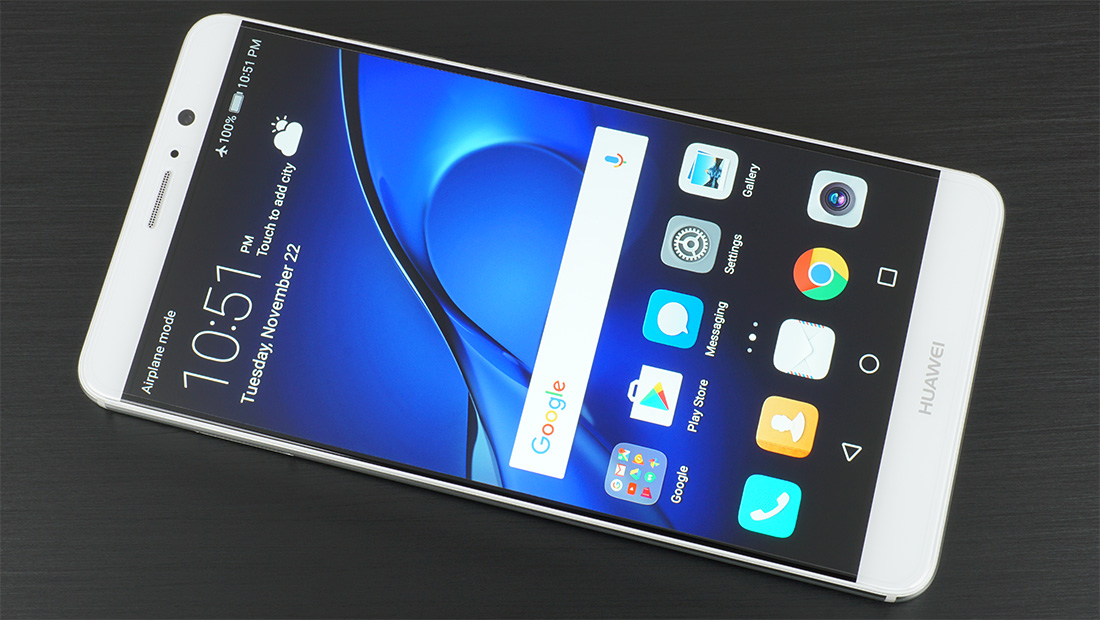
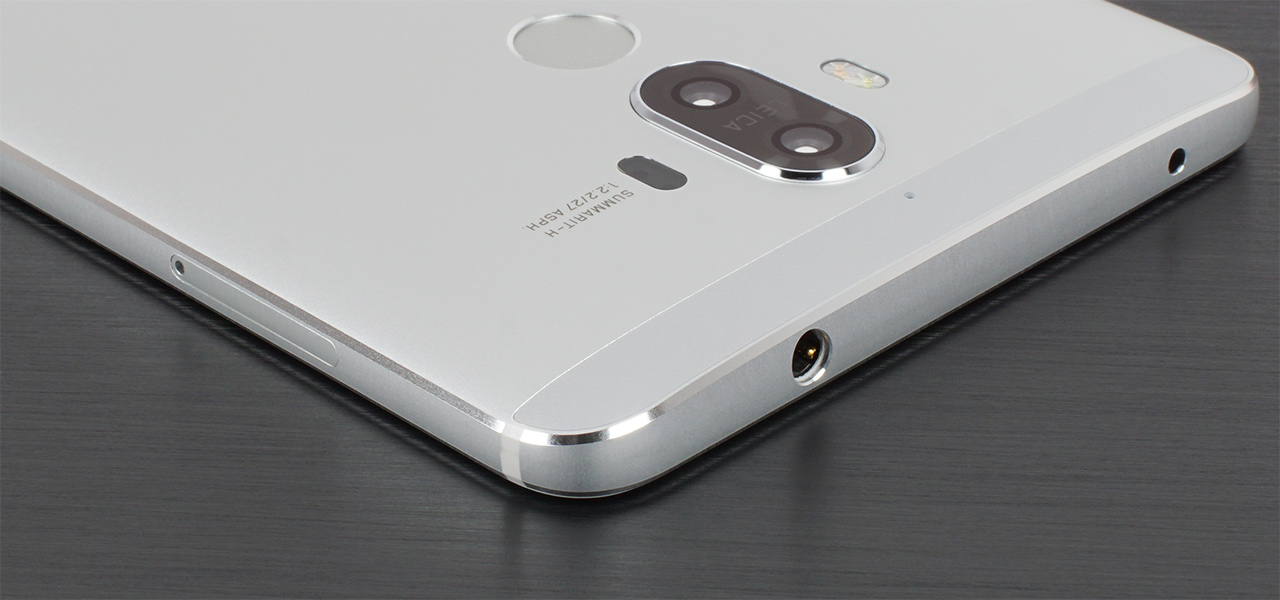
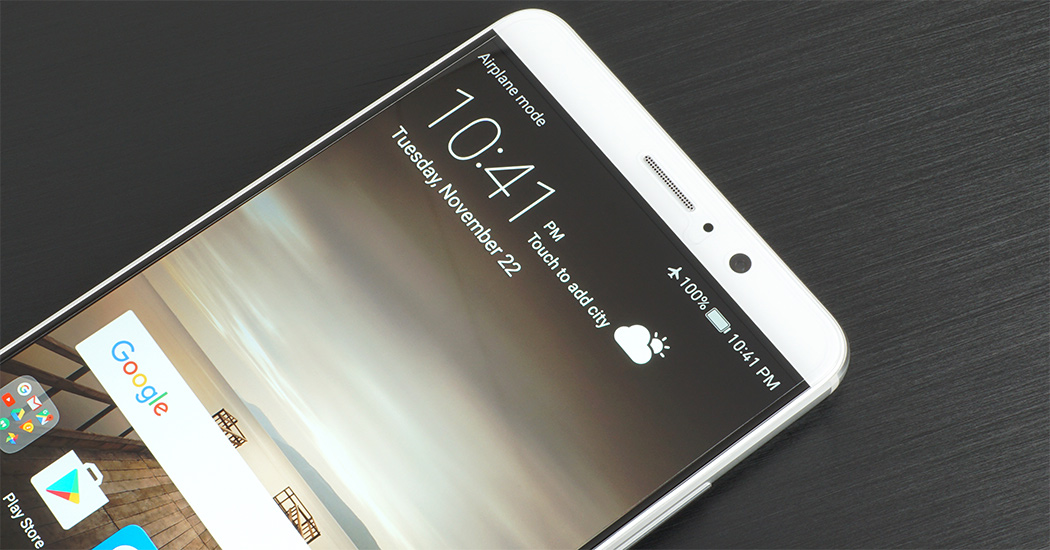
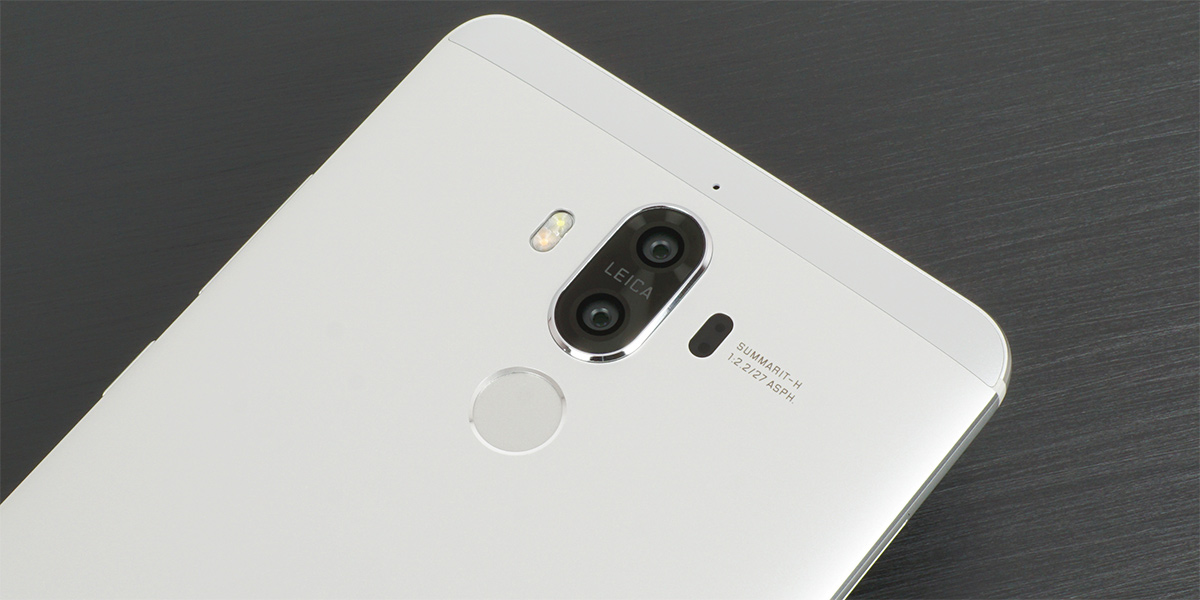
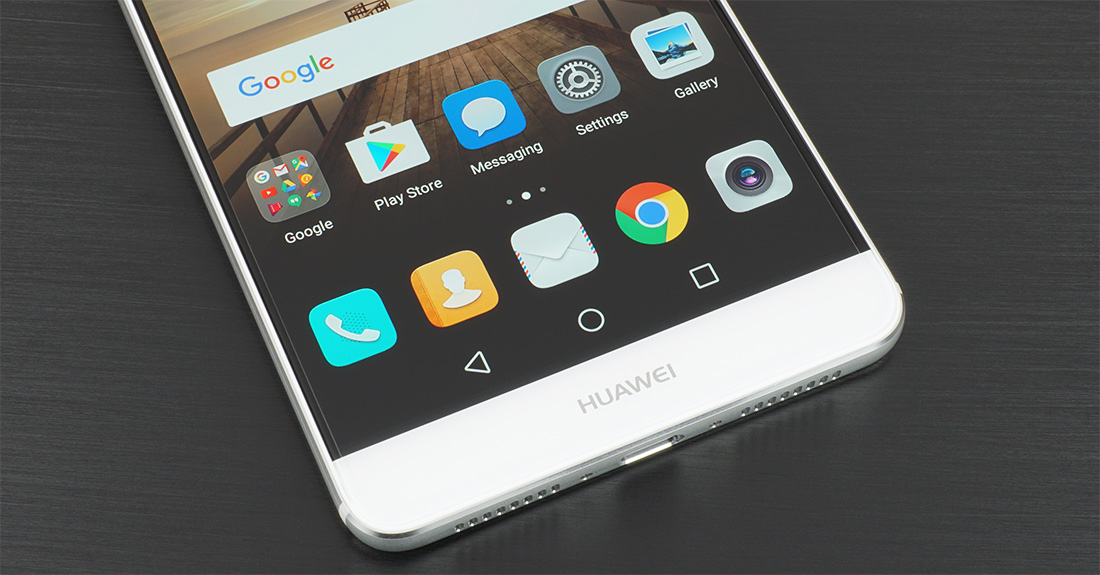








84 Comments
View All Comments
lilmoe - Friday, January 27, 2017 - link
I agree to some extent. I do appreciate moderate color accuracy, but not nearly to the extent I would expect from a tablet or large stand alone monitor.Color volume, contrast ratio and sunlight visibility, I believe, are more important than reference color on these tiny screens. For that, nothing comes close to OLED.
Meteor2 - Friday, January 27, 2017 - link
6" is tiny?lilmoe - Saturday, January 28, 2017 - link
Compared to a 30" monitor? Yea..Meteor2 - Friday, January 27, 2017 - link
Personally I really enjoy an accurate screen (I use a Nexus 5X) and can immediately tell when a screen is badly calibrated. So the screen accuracy tests are of big interest to me.name99 - Friday, January 27, 2017 - link
"The average consumer won't care or notice."Depends how you use your devices.
In the Apple world, if you're constantly moving your gaze from iPhone to iMac to Apple Watch it is very noticeable and jarring when supposedly the same image (especially faces) looks slightly different, and your brain is incredibly sensitive to this.
Actually Apple has become really good at this now, of course, so it's no longer a problem, but it was really obvious say five years ago before they started the real push for better screens and before they added ColorSync to iOS.
Now if the only device you ever use is your phone, or if you don't expect any sort of visual sync between them because you're using Windows on your PC and Android on the phone, and don't have much shared state, it's probably less of an issue. Even there, however, I expect you see a lot of common faces in photos on Facebook or Twitter across the two devices, and it's jarring if they differ in color detail.
UtilityMax - Monday, January 30, 2017 - link
This is a good observation. The only aspects of screen quality I care about, it the screen brightness (it is going to be bright enough to be used outside on a sunny day?) and the black level (can it accurately show "dark scenes" when viewed in a dark environment? The rest of the issues, like whether the screen has too much blue and too much yellow tint on the screen, most people don't care about this.Arbie - Friday, January 27, 2017 - link
Thanks for this in-depth review, especially all the effort on the camera results. Personally, I like this size device, especially for media (ebooks and video) for which the microSD is a perfect complement. The phone is more bulky but it does everything and does it well.tipoo - Friday, January 27, 2017 - link
Seems like a nice SoC they have there. Four A73 cores are pretty performant. Maybe the challengers to Qualcomms near monopoly will come from China, if no one else is up to the task.ToTTenTranz - Friday, January 27, 2017 - link
Can we expect some in-depth approach on the Cortex A73 cores?I'd love to see some frequency/power curves, akin to the ones you have done for Cortex A72 in the Kirin 950 article from last year?
Lodix - Friday, January 27, 2017 - link
I was expecting a more deep analysis of the new architectures too and performance/power curves. But that was Andrei work not Matt, but I like his reviews too, just missing more details of the SOCs.